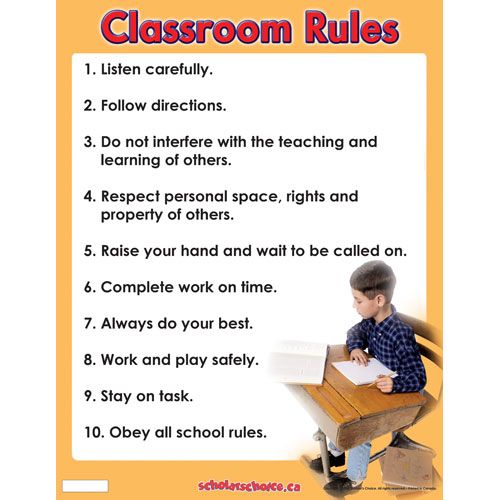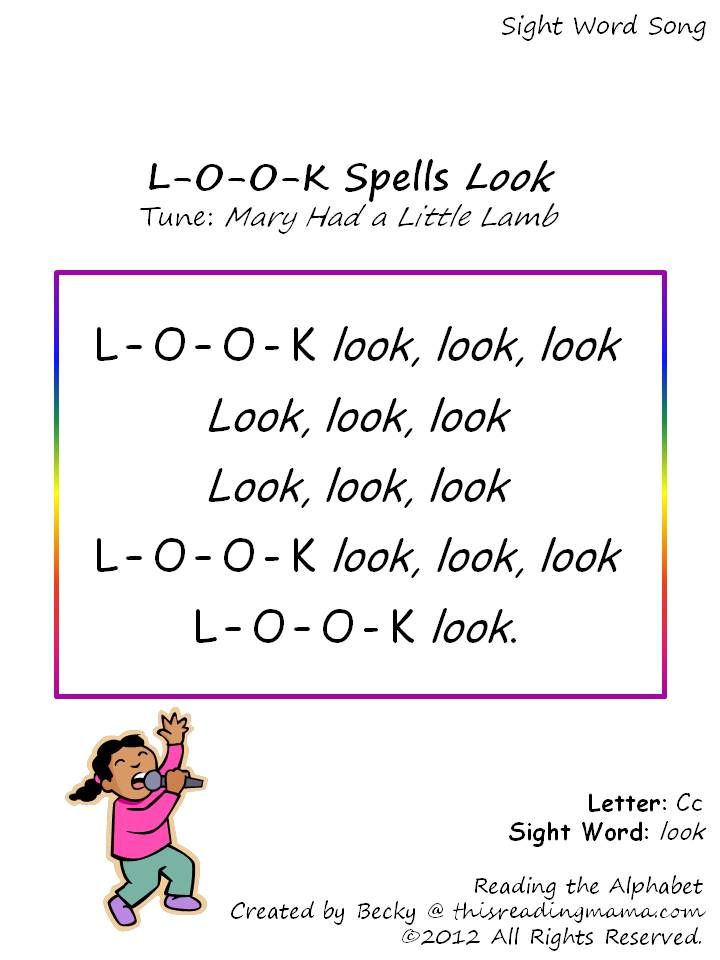Not following direction
Managing Employees Who Don't Follow Directions
My employee isn’t following directions! I’ve told her what needs to be done a million times, but no matter what I say or how I say it, she just doesn’t do it!
Sound familiar? There’s no telling how many calls like this I’ve received from managers. Managing employees can be very rewarding, but it also takes a lot of time and energy, and it can be so frustrating when they don’t follow directions. I’ve worked with managers who were so discouraged and felt like they had tried everything with no results. Once they had vented and we started discussing what to do about it, something else often surfaced – this wasn’t the first time. This had been happening for weeks (maybe months). The managers had good intentions and kept thinking things would change, but they didn’t. And now, with a whole list of infractions, the situation had escalated to where the manager wanted something done “
right now – termination if possible. ”
These situations can get complex very quickly. One manager I worked with had an employee who had been at the company less than 6 months but had already built quite a reputation of not following instructions, including doing the exact opposite of what her manager asked. The manager kept coaching the employee, thinking she was just new and learning the ropes, but things continued getting worse. By the time the manager was preparing disciplinary action, the employee filed a complaint that her manager was treating her unfairly, so the disciplinary action had to pause for the complaint to be investigated.
Each situation has its own nuances to it. Another manager I worked with had been in her position only a few weeks when it became apparent that some of her employees weren’t following instructions. Products weren’t stocked correctly, and items weren’t ordered when needed. When asked to do tasks, they would say they were too busy. This team had a reputation of making things difficult for their leaders, and many in the past had ultimately just allowed them to do what they wanted.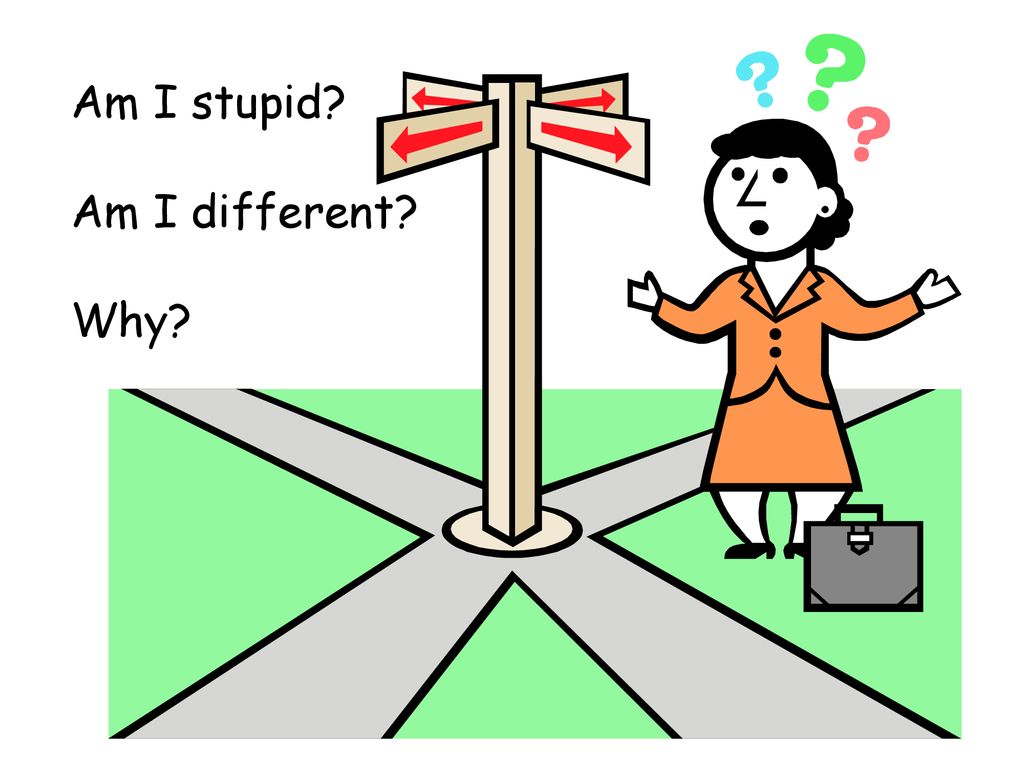 The issues were so frequent that they often weren’t addressed since the manager had other work to do too. When infractions were addressed, they would blame the manager – that she hadn’t explained what to do.
The issues were so frequent that they often weren’t addressed since the manager had other work to do too. When infractions were addressed, they would blame the manager – that she hadn’t explained what to do.
Managing employees who don’t follow directions can be tough. Even Tom Cruise had to deal with film crew members not following directions! So, what’s the best way to handle it? How can you come alongside them to help and support them without enabling destructive behavior or allowing things to spiral out of control?
Remain in your role as a boss. Your role as a boss is to guide and direct your team. You’re not their parent nor a dictator, so the good news is that it is not your job to make them do anything. Your job is to provide direction and assistance and then to hold your employees accountable. It’s up to your employees what they choose to do. Your focus can be on making sure you’re creating a healthy, positive environment and doing everything you can to help your employees succeed. If you find there are things you could improve on (communicating more clearly, ensuring a realistic workload, etc.), be willing to do that.
If you find there are things you could improve on (communicating more clearly, ensuring a realistic workload, etc.), be willing to do that.
Address issues early. If your employees don’t follow directions on something, avoid jumping to conclusions. Talk with them and ask what happened. They could have a good reason – maybe they misunderstood or need more training – and your getting their side of things will build trust. On the other hand, it could indicate an issue, in which case the fact that you’re addressing it promptly is likely to keep it from continuing.
Maintain perspective on what issues are actually “issues.” When employees develop a pattern of not following directions, it’s easy to start focusing intensely on each and every time it happens. It starts to feel personal – like they’re intentionally taking action against you – so you hone in on each time they don’t do exactly what you said. Avoid this! The difficulty with this reaction is it’s harder to find clarity on what to do about it because you’re so tangled in the weeds of it.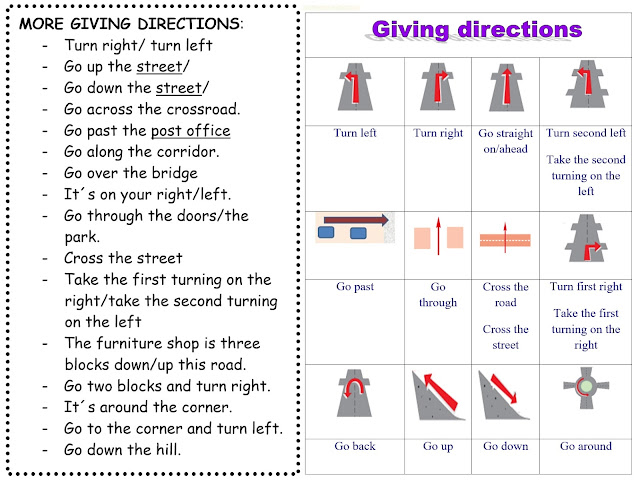 Plus, you probably (hopefully) aren’t like that with your other employees, so nitpicking makes it easy for employees to say you’re treating them differently. Your goal is to maintain perspective on what’s really important. Remember what the responsibilities and expectations of the position are and hold accountable to that.
Plus, you probably (hopefully) aren’t like that with your other employees, so nitpicking makes it easy for employees to say you’re treating them differently. Your goal is to maintain perspective on what’s really important. Remember what the responsibilities and expectations of the position are and hold accountable to that.
Stay engaged, and explain possible consequences. If more issues arise, stay engaged with the employee. Remain calm (even if you have to fake it), ask what happened, and provide any needed assistance. This way, you continually provide the opportunity for the employee to improve. Also make sure you explain what happened as a result of the directions not being followed. The employee should know the domino effect. Did this cause more work for others on the team? Be sure to mention that too. These don’t have to be lengthy conversations, but you want the employee to know that how he or she contributes to the overall team dynamic is important. If there is a continued lack of improvement, explain that you’ve provided multiple coachings and that the next step is formal disciplinary action (based on your company policies). This makes the next steps clear to the employee and keeps formal discipline from being a surprise.
If there is a continued lack of improvement, explain that you’ve provided multiple coachings and that the next step is formal disciplinary action (based on your company policies). This makes the next steps clear to the employee and keeps formal discipline from being a surprise.
Don’t allow this to continue for too long. When you coach 50 times before issuing formal discipline, I’m sure you’re trying to be extra helpful. The problem is it actually sends the message that this behavior isn’t really an issue. You open the door for the employee to be able to question any disciplinary action because they’ve “been doing this for a long time, so why now is it suddenly a problem?” For more effective performance management, provide an opportunity for improvement, and if issues persist, move to formal discipline. Again, tell the employee when you’re getting to the point of moving to formal discipline so it’s not a surprise.
Address the key issues in the formal discipline.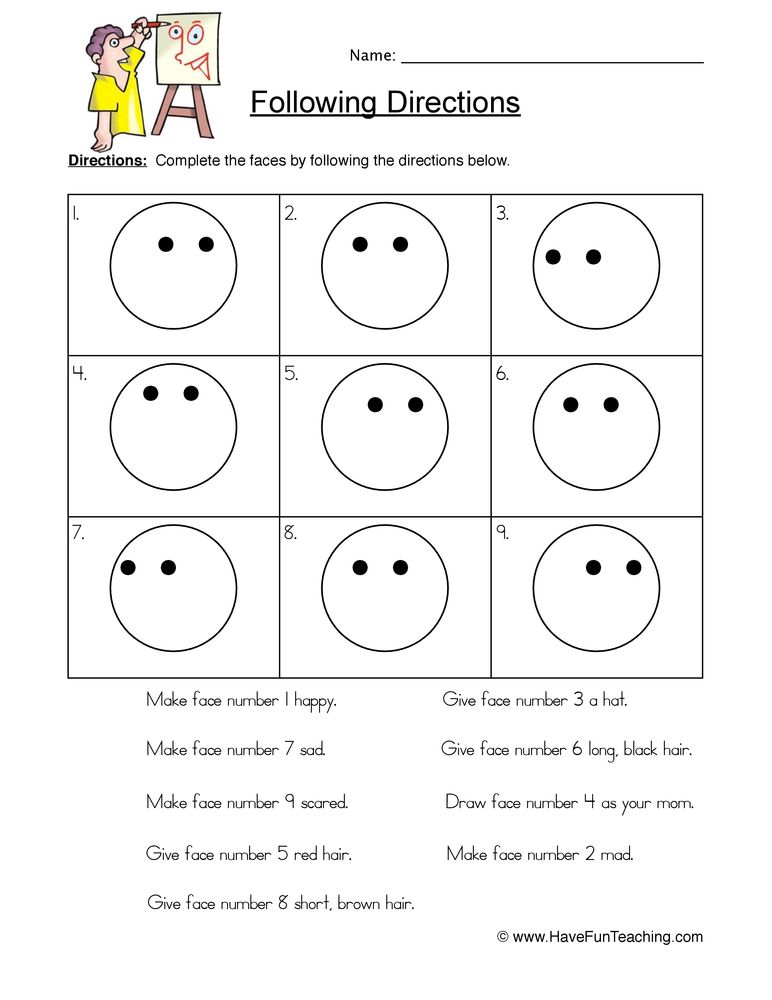 You may have 20 examples of not following directions, but a 4-page document outlining every little thing isn’t going to be helpful for anyone. The key issues will get lost, and it makes you look like you’re not doing your job to have that many issues before addressing them. Maintain the perspective we discussed above, and document the key incidents that happened recently. You could use wording such as, “[Employee] has demonstrated a pattern of not following directions, including the following incidents” to show that there have a been a number of issues. Make sure that these are items you’ve discussed with the employee to get their side on. This helps avoid surprises (a theme of this!) and makes sure you don’t accidentally include something that had extenuating circumstances to it.
You may have 20 examples of not following directions, but a 4-page document outlining every little thing isn’t going to be helpful for anyone. The key issues will get lost, and it makes you look like you’re not doing your job to have that many issues before addressing them. Maintain the perspective we discussed above, and document the key incidents that happened recently. You could use wording such as, “[Employee] has demonstrated a pattern of not following directions, including the following incidents” to show that there have a been a number of issues. Make sure that these are items you’ve discussed with the employee to get their side on. This helps avoid surprises (a theme of this!) and makes sure you don’t accidentally include something that had extenuating circumstances to it.
Managing employees who repeatedly don’t follow directions can be really frustrating. By addressing situations promptly, focusing on the key issues, and holding employees accountable, you’ll be able to keep this negative behavior from spiraling too far out of control. Whether you’re managing onsite or remote employees, these techniques will be helpful for you. It will still take time to manage the situation, but not as much time. Employees may still complain that you’re treating them unfairly, but you’ll be able to point to consistent responses. As an added bonus, this will help you maintain the morale of the rest of the team and safeguard the positive, healthy environment you’ve worked so hard to create.
Whether you’re managing onsite or remote employees, these techniques will be helpful for you. It will still take time to manage the situation, but not as much time. Employees may still complain that you’re treating them unfairly, but you’ll be able to point to consistent responses. As an added bonus, this will help you maintain the morale of the rest of the team and safeguard the positive, healthy environment you’ve worked so hard to create.
Photo credit: By Bogdan Dreava / Canva
Child Not Following Directions: Causes and What To Do
What is Following Directions in Childhood?
Following directions in childhood is the ability to receive instruction from an adult and follow through with the task or complete the assignment.
It may sound simple, but pretty complicated processes have to occur to actually follow directions.
Six Things a Child Needs to Do to Follow Directions
1- understand language to know what the directions mean
2- have the listening skills to hear what is being said
3- have the focused attention to stick with the information and process it
4- use working memory to hold that information in the brain for long enough to act on the direction
5- have the skills to follow through with whatever is being asked
6- be willing to comply behaviorally
For example, if a parent says ‘put away your clothes,’ a child may know what those words mean. A child may be listening when the instruction is given and may be able to focus attention and implement working memory to hold on to that instruction. If they do not have practice and experience with ‘put away your clothes,’ they may look at the pile on their dresser and just stare. Or, if it feels hard, they may just decide not to comply with that direction, even though they processed, understood, and can do it.
A child may be listening when the instruction is given and may be able to focus attention and implement working memory to hold on to that instruction. If they do not have practice and experience with ‘put away your clothes,’ they may look at the pile on their dresser and just stare. Or, if it feels hard, they may just decide not to comply with that direction, even though they processed, understood, and can do it.
Want to learn more? Take a Cadey course.
Symptoms of Inability to Follow Directions in Children
- Puzzled looks: your child looks lost and may give you a puzzled look when given complex directions
- Struggles with multi-step directions: your child is given three instructions and only completes the third item
- Needs constant reminders: your child might make comments like, “I didn’t hear you!” or “You never asked me to do that!” even when you gave the instructions with eye contact and provided wait time to be sure your child heard and processed what you said
- Gets lost partway through a task: your child is given a specific task, and then you find they are looking at a picture, organizing toys, or just studying their fingernails instead of the task
- Long morning routine: your child may have been doing the same routine for two years, but you find they still forget the procedure of getting dressed, eating breakfast, and brushing teeth
- Hearing from teachers that your child doesn’t listen: your child struggles when only given verbal instructions during the school day.
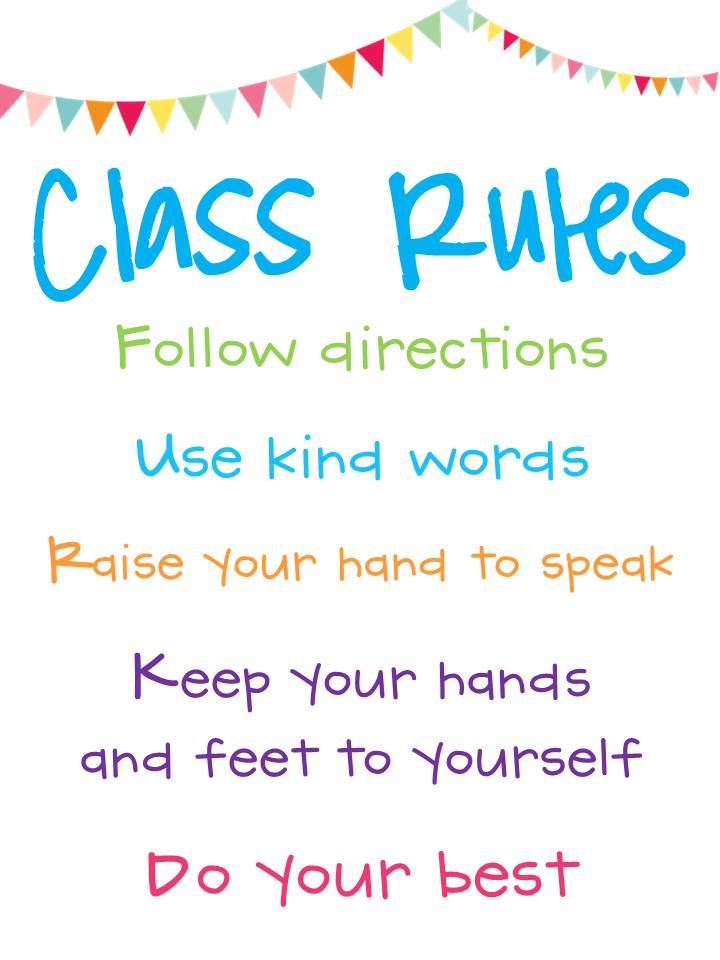 Your child may rush through schoolwork without checking to see if they did the work right
Your child may rush through schoolwork without checking to see if they did the work right
Phases of Following Directions in Childhood
At 9-12 months: A baby begins to identify gestures, to respond to ‘no’ and to understand to start looking for something when someone asks, ‘where is ___?’ [1] If your baby is not following your eye-gaze, pointing, or gesturing, you may have a reason for concern.
At 15-18 months: A toddler should be able to follow simple single-step directions such as, ‘Give me the ball.’ [1]
At 24-30 months: A toddler can follow related two-step directions. For example, ‘Close the book, and put it on the shelf.’ Children who are unable to follow simple instructions at this age may have a delay in comprehension skills.
At 42 months or older: A child should be able to follow two-three step unrelated commands such as, “Go get your shoes on, grab your backpack, and meet me at the door. ” [1] If your kindergartener cannot follow two-three unrelated directions, a delay may be present.
” [1] If your kindergartener cannot follow two-three unrelated directions, a delay may be present.
Difficulties with Receptive Language Skills
If your child seems behind on the developmental continuum, they may have difficulties with receptive language skills, attention, or memory. In this case, consider an evaluation for a developmental disability.
Causes of Not Following Directions in Childhood
Clinically, we have six main causes for not following directions in childhood.
1. Receptive language (Communicating): If your child doesn’t understand the directions, they may struggle with receptive language. Difficulty with following directions can be due to a delay or disorder in receptive language, which means the child has trouble understanding or comprehending.
The term language delay means a child’s speech and language development follows the usual pattern and sequence but is slower than other children the same age. A language disorder is language development that is not following the typical pattern or sequence.
Receptive language in English Language Learners (ELLs): An English language learner will demonstrate improved receptive language skills as their vocabulary builds in English. This language acquisition process looks different from a true receptive language delay or disorder.
An ELL student without a disorder would not have problems in their primary language. If a receptive language delay or disorder were present, it would show up in all the languages a child speaks.
2. Auditory Processing: If your child doesn’t listen to the directions, they may struggle with auditory processing. As most directions are provided verbally to a child, they could be struggling to listen and process the information. Children with language processing challenges or ADHD may have trouble with auditory processing. Keeping directions short and sweet and adding visual cues when you can help with this cause. For example, having a visual schedule of the morning routine and a step-by-step visual chore chart should help alleviate any difficulties processing those verbal instructions.
Children with language processing challenges or ADHD may have trouble with auditory processing. Keeping directions short and sweet and adding visual cues when you can help with this cause. For example, having a visual schedule of the morning routine and a step-by-step visual chore chart should help alleviate any difficulties processing those verbal instructions.
3. Attention (Focusing): If your child doesn’t pay attention long enough to hear the directions, they may struggle with attention. An attention deficit is a potential root cause of challenges with multi-step directions. If your child does not focus on the information, they will not hold the steps in memory long enough to complete them.
If the challenges are attention-related, a licensed professional should consider whether Attention Deficit Hyperactivity Disorder (ADHD) may be relevant for your child. Children with ADHD often have trouble with directions due to challenges focusing. They may seem to need more help with daily tasks than other children. Children with attention deficits struggle with executive functions like organization and planning. Such difficulties can make following multi-step directions challenging.
Children with attention deficits struggle with executive functions like organization and planning. Such difficulties can make following multi-step directions challenging.
Children with motor planning, attention, or sequencing problems have specific deficits that may interfere with following directions. These challenges could indicate an Autism Spectrum Disorder.
Often, children with autism seem to be in their own world and become internally distracted, which leaves less focus for the external environment. If your child is sitting on the floor, staring into space, they may be focusing on something in their own head. This tendency to be in one’s own world may cause difficulties following directions.
4. Memory (Remembering): If your child can’t remember the directions, they may struggle with memory. For example, when a child is given directions like, ‘Get your laundry, put it in the basket, and bring it downstairs,’ they have to remember the instructions to complete them.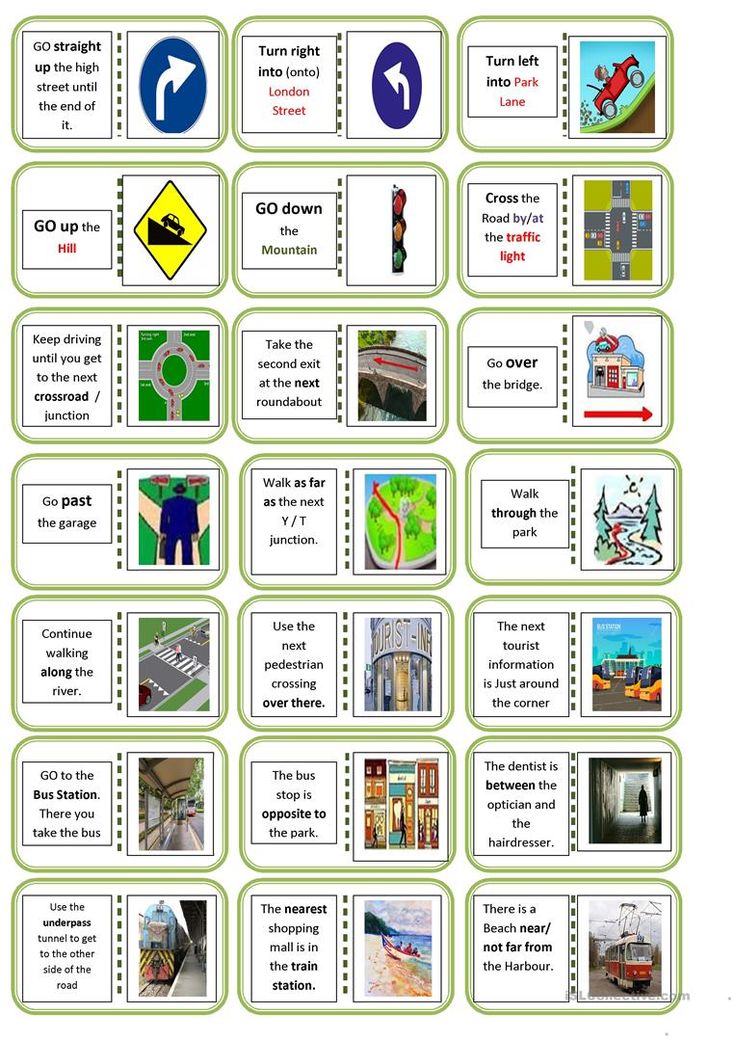 Procedural memory refers to the memory for tasks that we do all the time.
Procedural memory refers to the memory for tasks that we do all the time.
An example of procedural memory is driving a car. Instead of concentrating on driving a car, you may find yourself reviewing your grocery list, remembering what your kids’ activities are for the day, or thinking about what movie you might want to see this weekend. You can think about other tasks because the driving skill is a part of your procedural memory. Children who get stuck on tasks like tying their shoes or making their beds might be struggling with procedural memory.
Working memory is another area to consider. It is closely linked to focused attention. If a child cannot hold information in working memory, they may have a lot of difficulty with a multistep direction like ‘Get your laundry, put it in the basket, and bring it downstairs.’ You may get better results by breaking these directions into individual steps or adding a visual aid if they seem to, for example, wander upstairs, forget why, and sit down to build a Lego.
5. Behavior (Behaving): If your child doesn’t want to follow the directions, they may struggle with behavior. Some children just don’t want to do what you say. If you sense that your child knows the directions, understands how to do them, and simply refuses, you may have a behavior problem on your hands. Psychologists refer to this issue as non-compliance. Here, there could be a need for more of a reward or reinforcement system and consideration of the key tasks and chores so you can work hard on those and build compliance skills.
6. Ability or Skill: If your child doesn’t have the skill associated with the directions, they may struggle with that ability. Be sure that your child has the skill to do the task you are assigning. If not, break the task into manageable steps or do it with them. Asking a child to put away laundry may need to be broken down and modeled step by step if this is a new skill. Having a toddler ‘eat their cheeseburger,’ for example, may also need to be broken down. It may be overwhelming; thus, the child throws the food. If the cheeseburger is cut into smaller pieces to make it easier to eat, perhaps the child would give it a try. Always consider skill when giving directions, though this may not be the problem.
It may be overwhelming; thus, the child throws the food. If the cheeseburger is cut into smaller pieces to make it easier to eat, perhaps the child would give it a try. Always consider skill when giving directions, though this may not be the problem.
What to Do About Your Child Not Following Directions
It can be helpful to think about where the problem is occurring in your household.
What To Do If Your Child Doesn’t Understand the Directions
Work on language with your child by reading books together, identifying new vocabulary by going on walks, playing I Spy, naming things you see, etc. The grocery store is another great place to expand vocabulary and basic directions. A speech therapist can be a great resource if you have continued language concerns.
What to Do If Your Child Doesn’t Listen to the Directions
Use visual chore charts, such as a morning routine poster in the bathroom, and tie following this routine to immediate reward. A visual chart you develop together is excellent for a child who struggles to hear and process the information verbally.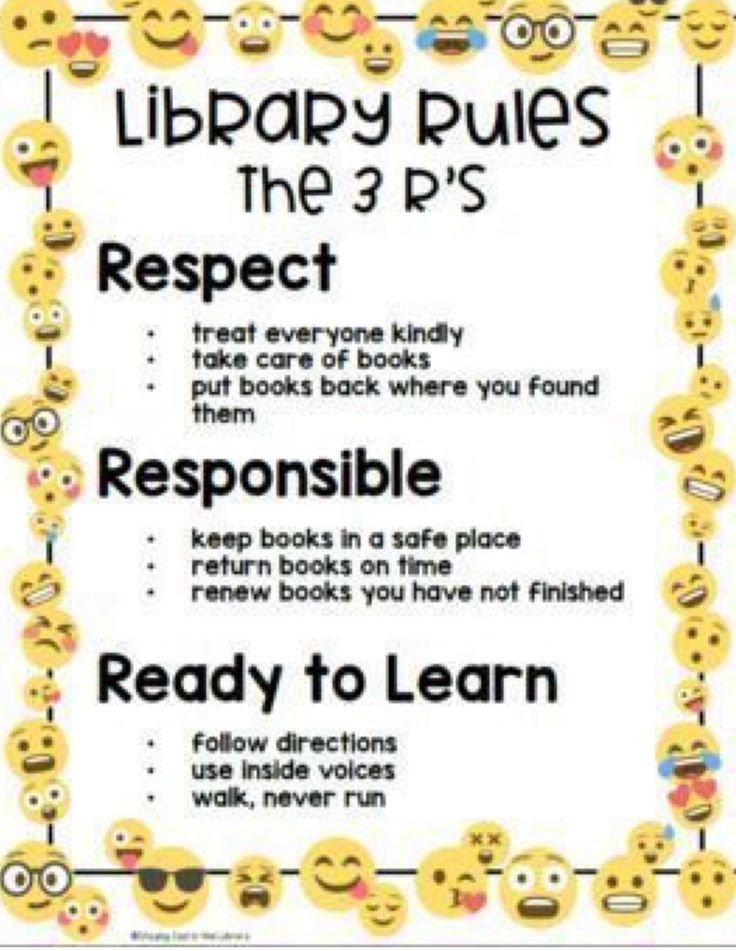 You can add stickers or smiley faces as immediate feedback.
You can add stickers or smiley faces as immediate feedback.
What to Do if Your Child Doesn’t Pay Attention Long Enough to Hear the Directions OR Your Child Doesn’t Remember the Directions
For attention and memory, it is important to be consistent. Keep routines predictable, and help your child practice the sequence of steps. Break things into small parts and have your child do them one at a time. For working memory, give the instruction when the room is quiet, screens are off, and you have your child’s attention. If they continue to forget what to do, refer to a visual chart or make them a list depending on their age and reading level.
What to Do If Your Child Doesn’t Want to Follow the Directions
An immediate and meaningful reward is an important consideration here. An example of an immediate reward is “When you get your routine finished, I will give you your iPad.”
Define what instructions you plan to give and be ready to follow through with enforcing and rewarding the task.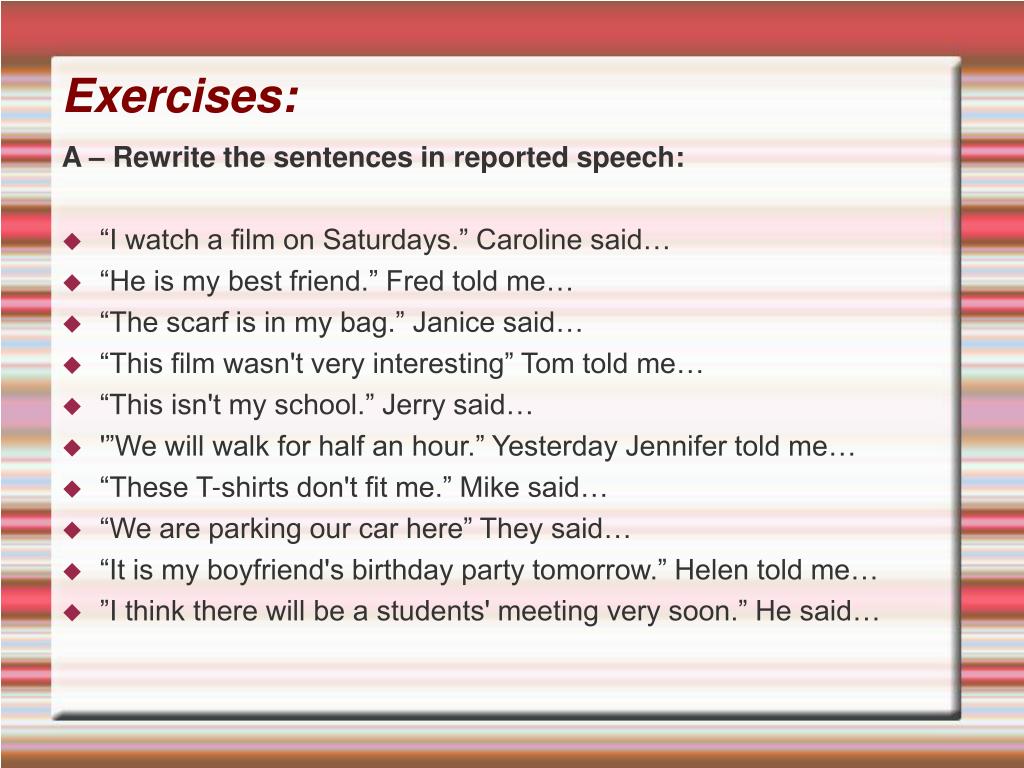 If they don’t do it, they don’t get the iPad. Keep your list of rules short as you gradually build compliance and add new things.
If they don’t do it, they don’t get the iPad. Keep your list of rules short as you gradually build compliance and add new things.
You want to not overwhelm yourself as a parent by having so many different expectations you need to reward and reinforce. If you have too many, you are more likely to set an expectation and let it slide. When you don’t follow through, you show your child they don’t really need to do what you say.
What to Do if Your Child Doesn’t Have the Skill Associated with the Directions
Start with two or three easy chores. Model and break those down for your child. Make sure you are clearly defining the expectation. Help them develop the skills to complete these chores. Practice with them until you know they understand how to do the task.
What To Do About Following Directions at School
A student’s ability is an important consideration in school if they are reportedly not following directions. We want to be sure each child understands what is being asked of them and has a way to ask for help if needed.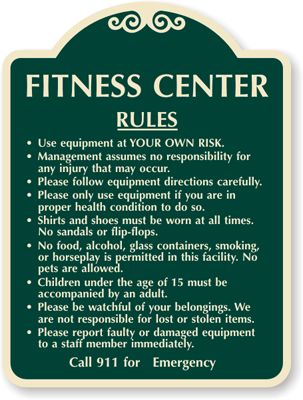
Accommodations to Request at School
- Visual aids
- Extra time to comprehend and complete tasks
- Hands-on demonstration or modeling
- Explanation of vocabulary terms to increase comprehension
- Breaking down steps and providing help with sequencing
- Verbal check-ins to ensure your child understands before initiating tasks
When to Seek Help for Following Directions Issues
When your child struggles significantly with following directions, it may be time to seek help.
If your child is in an almost constant state of disharmony over completing tasks or difficulties following instructions, that is a sign they need help.
If your child’s school regularly reports difficulties following directions, it could be time to get help. Generally, this help will come from a psychologist or ABA therapist.
Further Resources on Following Directions in Childhood
- Speech-language pathologist: to provide therapy for receptive language problems and communication skills
- Licensed psychologist: to diagnose associated disabilities such as autism or ADHD or behavior disorders and provide therapy
- School psychologist: to help with academic or social challenges that may be associated with following directions
- Special education teacher: to help with academic challenges that may be associated with poor ability to follow directions
- Pediatrician: to diagnose any medical issues that could be impacting your child
- Board certified behavior analyst (BCBA): to help teach your child how to follow directions, comply with rules, do chores, and succeed academically
Similar Conditions to Difficulty Following Directions in Childhood
- Auditory processing: it could be that difficulty hearing sounds and words correctly is impacting your child’s ability to follow directions
- Receptive language: it could be that problems with oral language comprehension are impacting your child’s ability to follow directions
- Sequential reasoning: it could be that a cognitive problem with doing step-by-step procedures is impacting your child’s ability to follow directions
- Intelligence: it could be intellectual ability.
 It is important to consider fluency in cognitive processing. A child may not hear or encode information, which can impact the ability to follow directions
It is important to consider fluency in cognitive processing. A child may not hear or encode information, which can impact the ability to follow directions - Non-compliance: it could be that refusal to follow instructions is a behavioral issue rather than a problem with understanding instructions
- Attention problems: it could be that problems with attention interfere with following directions
- Executive functioning: it could be that difficulties related to planning, sequencing, organizing information and carrying out a task on time are impacting your child’s ability to follow directions
- Motor or sensory: it could be that your child struggles with the motor skills needed to follow instructions, such as tying shoes, kicking a ball, or sitting in a chair in the classroom
- Depression: it could be that your child appears forgetful or distracted due to underlying feelings of sadness and emotional distress
- General memory: it could be that your child has memory challenges in many areas that are impacting their ability to follow instructions
Reference for Following Directions
[1] Lewis, Ph. D., Jeanne, Calvery, Ph.D., Margaret, & Lewis, Ph.D., Hal (2002). Brainstars. Brain Injury: Strategies for Teams and Re-education for Students. US Department of Education: Office of Special Programs.
D., Jeanne, Calvery, Ph.D., Margaret, & Lewis, Ph.D., Hal (2002). Brainstars. Brain Injury: Strategies for Teams and Re-education for Students. US Department of Education: Office of Special Programs.
Book Resources for Following Directions
Speech and Language Milestones: http://www.asha.org/public/speech/development/chart.htm
Barkley, Russell A. (2013) Taking Charge of ADHD, Third Edition: The Complete, Authoritative Guide for Parents.
Dawson and Guare (2009). Smart but Scattered
Purvis, Karyn B., & Cross, David R., & Sunshine, Wendy Lyons (2007). The connected child: Bring hope and healing to your adoptive family.
Seigel, Daniel J. & Bryson, Tina Payne (2014). No drama-discipline: The whole-brain way to calm the chaos and nurture your child’s developing mind.
Meiners, Cheri J (2005) Know and follow rules
Meiners, Cheri J (2003) Listen and learn
Cook, Julia (2011) The worst day of my life ever!: My story about listening and following instructions.
Cook, Julia (2012) Teamwork isn’t my thing, and I don’t like to share.
Ludwig, Trudy and Barton Patrice (2018) Quiet Please, Owen McPhee!
Binkow, Howard (2008) Howard B. wigglebottom learns to listen.
Xiao Legends Quest - Walkthrough [Dream of the Butterfly]
The Dream of the Butterfly in Genshin Impact is the first chapter of the Legends of Xiao Goldenwing Bird quest. The story tells about the adept Li Yue, the protector of Jax, who is doomed to eternal suffering by a curse. Read more about the passage of the quest in this guide.
Contents
- How to start the Legends of Xiao quest in Genshin Impact
- Objectives
- Imposter Heavenly Emperor
- Ask followers about the Emperor
- Suspicious defender of the Yax
- Where to find the Vanwan store and the book “Yax: Adherents of Adepts”
- Find the Zvezdolov and overcome the chilchurlov
- Find the Hilchurlov with the help of elements
- Karmas
- Where to find the temple on the mountain
- Where to find the incense burner and seven-star lamps 9Where to find foggy flowers
How to start the task of legends Genshin Impact
Xiao's quest is unlocked at fairly late ranks. To access the quest, the Traveler needs:
To access the quest, the Traveler needs:
- Reach adventure rank 32;
- Close Li Yue's "Mysterious Land of a Thousand Stones" storyline;
- Open a legend job with a history key.
Legend Keys are earned by completing daily quests. To get one key of legends, you need to complete 8 missions.
The quest itself is located in the "Legend Quests" tab in the traveler's journal. The same tab shows the current legend keys and the progress of getting the next one. Xiao's quest looks like this:
Once opened, it will appear in the journal.
Look around the Wanshu Inn. The defender Yax himself will not be there - there will only be monsters with strange energy. Attack them to start the quest.
Objectives
The quest consists of several stages:
Imposter Heavenly Emperor
- Learn from followers about the emperor
Yaxa's Suspicious Defender
- Find Wanwen and the book "Yaksa: Defenders of Adepts"
- Find the Starcatcher
- Defeat the Hilichurls
Eliminate Evil
- Find Hilichurls with dark energy using Elemental Sense
- Complete Karma's Cave Challenge
Lost in a dream
- Find the temple on the mountain
- Gather materials for ritual
- Find Xiao
- Perform ritual
- Return to Vansha
- Talk to Xiao
Imposter Heavenly Emperor
Ask the followers about the Emperor
After the opening cutscene, the player will encounter a certain man.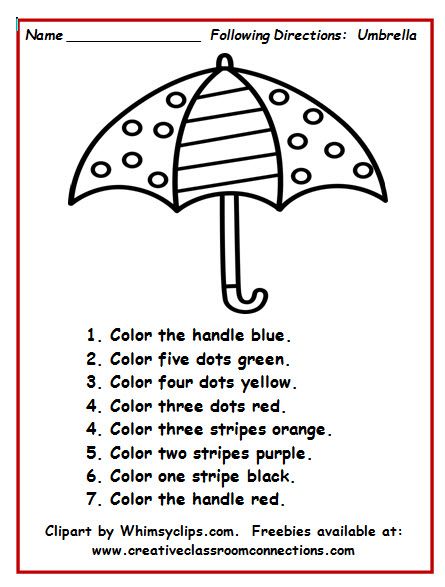 He claims to be an Adept and has helped many people. Behind him is the cult of his followers. If you talk to them, you will find out that the masked man once helped each of them, and now they firmly believe in his belonging to the face of saints in Li Yue.
He claims to be an Adept and has helped many people. Behind him is the cult of his followers. If you talk to them, you will find out that the masked man once helped each of them, and now they firmly believe in his belonging to the face of saints in Li Yue.
After speaking with the retinue, return to the masked man. Talking to him will complete the first stage of the quest.
Jax's suspicious defender
Emperor Starbreaker will promise to fulfill the Traveler's wish, but the hero will have nothing of value. Then Paimon will offer to find a fashionable recipe in the Wanwen store and make an offering of a delicious dish.
Where to find the Wanwen Shop and the Yaxa: Defenders of the Adepts book
Go to Wanwen, the bookstore in Li Yue harbor. You can get to the shop by teleporting to the northern waypoint at the entrance to the city and using the southern stairs. It is located here:
A cut-scene will show Starcatcher buying the book Jaxa: Defenders of the Adepts.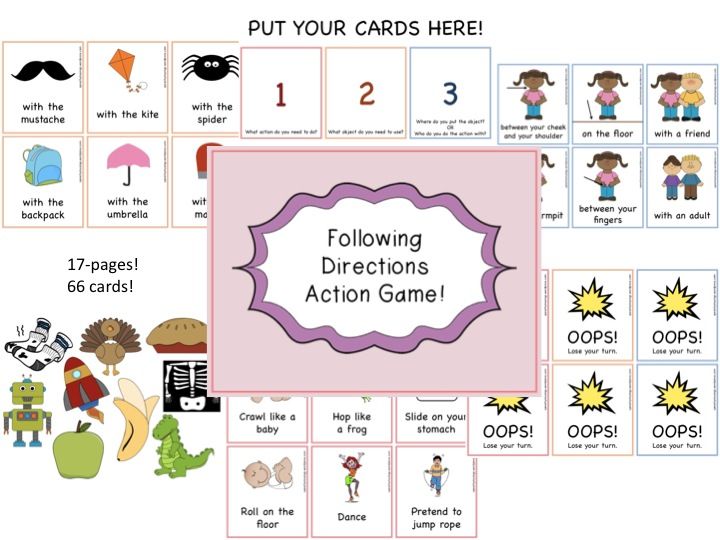 The traveler will begin to suspect that this "adept" is an ordinary charlatan. All answers can be found in the publication purchased by the man. Talk to the store owner Ji Fan - she will point to the location of the book. The girl will say that the volume is on the shelf, but actually lies on the table:
The traveler will begin to suspect that this "adept" is an ordinary charlatan. All answers can be found in the publication purchased by the man. Talk to the store owner Ji Fan - she will point to the location of the book. The girl will say that the volume is on the shelf, but actually lies on the table:
After reading the book, Paimon will offer to thoroughly investigate the case of strange hilichurls and the identity of the "adept".
Find the Starcatcher and defeat the Hilichurls
Go back to the same place at Vansha's Inn where you started the quest and seek out the Emperor Starcatcher. Approach the people, a cut-scene will start. Unfortunately, the "adept" will not be able to cope with the enemies, so the Traveler will have to do it. Deal with a bunch of enemies.
Extermination of Evil
Find Hilichurls with dark energy using Elemental Sense
Travel to the west of the island to the area indicated by the quest using Elemental Sense. To activate it, hold down the mouse wheel and follow the blue guide lines. There, on the shore, is Xiao, next to him are dead hilichurls, exuding a black aura of curse. Adept is here:
To activate it, hold down the mouse wheel and follow the blue guide lines. There, on the shore, is Xiao, next to him are dead hilichurls, exuding a black aura of curse. Adept is here:
Jax's protector will tell you everything that's going on. Follow him to the quest dungeon.
Go inside and watch the cut-scene.
How to get through the cave of Karma
The place resembles the abode of the Guardian of the Clouds. You have to travel through the soaring islands of the monastery and deal with enemies.
For the test in this dungeon, the player will be given the hero Xiao - Spear Anemo. First activate the first Anemo totem with its ability:
Move forward while defeating enemies. The second totem is on a floating stone - get to it using other platforms. Activate it the same way and defeat the second wave of monsters - this time, the cursed mitachurls.
Through the northeast platform and the bridge you need to get to the last round of opponents.
Defeating them will trigger cut scenes. Upon completion of the quest, the player will be able to collect rewards from the chest and exit the dungeon.
Lost in a dream: how to get through (guide)
Where to find the temple on the mountain
It's time for the ritual. First, head to the shrine in the southwest of the Li Yue region.
There you will meet a man named Bronze Sparrow. Xiao told about the necessary materials for the ceremony. It is necessary to borrow them from a man. After hesitating, he will allow you to take things.
Where to find the incense burner and seven-star lamps
For a successful ceremony, the traveler will need only a few items:0003
- Censer;
- Seven-star lamps;
- Misty flowers.
Censer is located near the Bronze Sparrow, so you won't have to look long.
Not so with the seven-star lamps. There are 7 of them in total, and they are scattered throughout the sanctuary. To find them, check these places on the map:
To find them, check these places on the map:
They are visible in the dark, they glow and have a distinctive appearance. One of the lamps is located behind the wall of the ruined sanctuary, and not along the perimeter of the fences, like the others.
Paimon will offer to visit Bronze Sparrow before leaving. The statue will speak to the Traveler - she will give further instructions. Then you need to collect misty flowers.
Where to find Misty Flowers
Misty Flower is a resource that grows throughout Teyvat. To get it, you need to attack the ice plant with the Pyro element and collect the whisk. For convenience, collect the misty flowers that grow west of the shrine:
Find Xiao
Next, go to the quest marker, Xiao is there. Convenient way - teleport to Mount Tianheng:
How to perform the ritual: where to shoot arrows
Prepare a strong team in advance, which will include at least one archer - he will be needed for the ritual.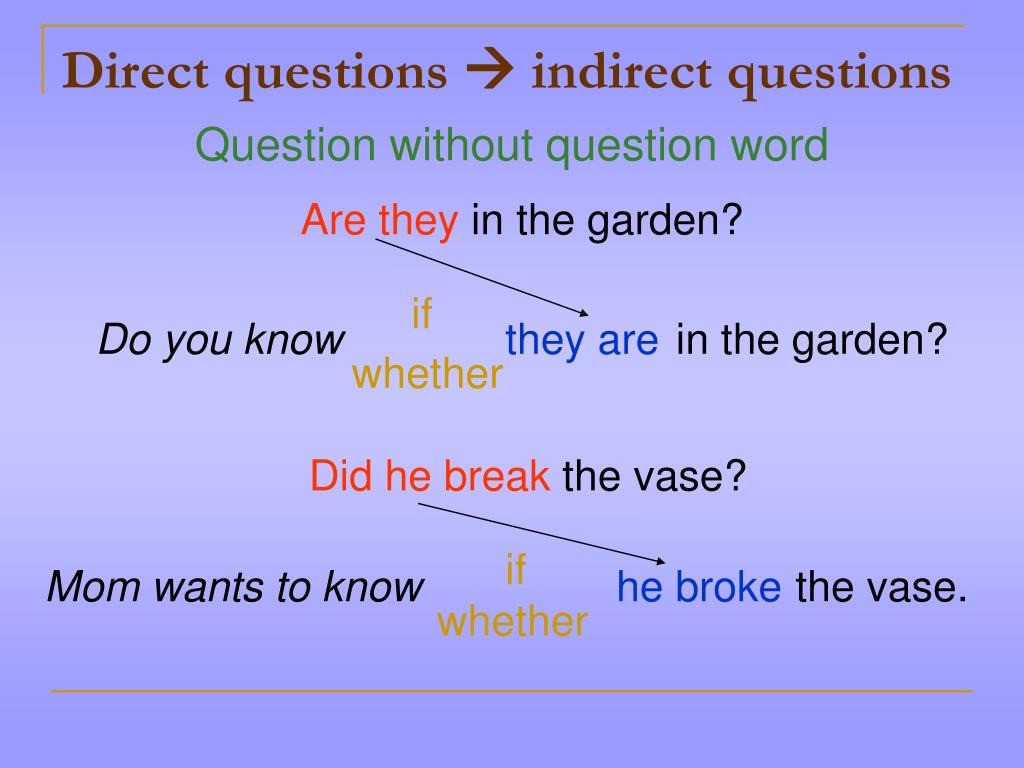
The censer will become the activator of the task. After interacting with her, watch the cut-scene and start the rite. Take the archer and shoot at the Yax statues. This is easy to do - all the places you need to get to are marked with sparkling circles in the colors of Anemo.
The next cutscene commemorates the battle. The traveler will have to deal with the spirit of the impostor adept. For this, a strong team was needed. The fight with him is simple - he fights according to the patterns of treasure thieves, so use the appropriate battle tactics against him.
Return to Vansha: where to find Verr Goldet
The final stage of the quest will be a conversation with Xiao. Head to the inn, where you need to find a hostess named Verr Goldet. She is sitting at the counter next to the teleporter in the inn:
Talk to the woman. Werr will tell you about a mysterious masked man who has already left, but left a message for the traveler. This message is the Seal of Consent, which must be returned to Xiao.
This message is the Seal of Consent, which must be returned to Xiao.
Talk to Xiao
Find him by going down the stairs or jumping into the kitchen to Smiling Yan Xiao. The adept is seated at the table. Talk to Xiao and complete the quest chain.
Rewards
Player will receive:
- 2000 adventure points;
- 138 450 mora;
- 16 hero experience books;
- 30 enhancement stones;
- precious chest;
- 60 source stones.
Video walkthrough
If the information was useful, bookmark the article and write comments. Read about all the tasks of the legends of the characters and follow other walkthroughs of the Genshin Impact on our website.
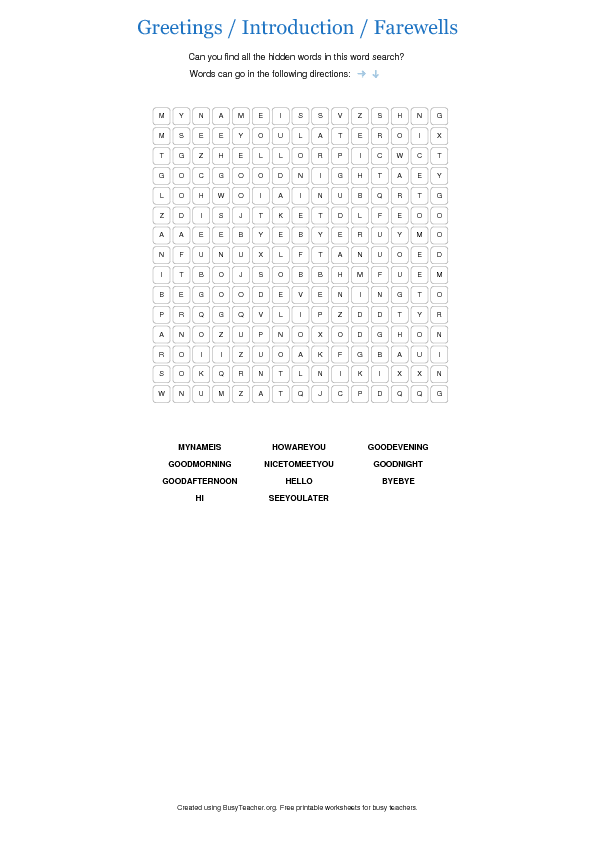
Read more:
Tags: Genshin Impact
Do not follow, but set the direction — Iryna Kostyuk, FILM.UA producer — Delo.ua
Iryna Kostyuk, FILM.UA producer, initiator of the UA Formats project, believes that the It is realistic to create Ukraine in a few years and that in the near future productions will come to observational reality, serials for digital platforms and game content in the virtual reality format. She told about this to the project "Shot in Ukraine", initiated by Delo.ua in partnership with Media Group Ukraine
We continue to fight the occupier on the information front, providing only verified information and analytics.
The war deprived us of the opportunity to earn money, we ask for your support.
Support delo.ua
"Since the Russian product was banned, the TV market has changed a lot. Players (broadcasters, and, accordingly, productions) are forced to adapt to new conditions. We had to react quickly and sharply, by analogy with a person who cannot swim, who was suddenly left in the middle of a lake", - Irina Kostyuk emotionally assesses what is happening on the market of television and film products. The producer of FILM.UA, the co-founder of the media consulting company Media Resources Management (Ukraine), the ex-general producer of the TET TV channel spoke about how the market adapts to new conditions, what competitive advantages it can use and what free niches it plans to occupy in an interview with the project "Shot in Ukraine".
We had to react quickly and sharply, by analogy with a person who cannot swim, who was suddenly left in the middle of a lake", - Irina Kostyuk emotionally assesses what is happening on the market of television and film products. The producer of FILM.UA, the co-founder of the media consulting company Media Resources Management (Ukraine), the ex-general producer of the TET TV channel spoke about how the market adapts to new conditions, what competitive advantages it can use and what free niches it plans to occupy in an interview with the project "Shot in Ukraine".
For less money and on a smaller scale
Irina, you have been working on television for a long time. What from the experience gained was useful in production?
In general, I have a unique experience, because I worked on the TET channel and ordered the product for production, and now I work on the other side. I have been there and there. I understand the needs and peculiarities of both channels and productions - what and how to offer to whom and from which side to approach.
Subscribe to our YouTube channel
Irina Kostyuk, FILM.UA producer, co-founder of Media Resources Management (Ukraine)
How do you feel about the ban on Russian audio-video content on TV channels?
All newsSince the Russian product was banned, the TV market has changed a lot. Players (broadcasters, and, accordingly, production) are forced to adapt to new conditions. I had to react quickly and sharply, by analogy with a non-swimmer who was suddenly left in the middle of a lake. But it would be better if everything happened smoothly, correctly and without stupid and ill-conceived prohibitions. TV channels have freed up many slots that need to be filled, but the budgets have not increased. Money for production has become much less than before.
How much has the TV advertising market fallen?
If before the volume reached half a billion dollars, now it is $120 million. Big difference. The channels also lost a lot of money because the content (Russian - Delo.ua) was already purchased, but not shown.
Big difference. The channels also lost a lot of money because the content (Russian - Delo.ua) was already purchased, but not shown.
Now most owners of TV groups are not in a hurry to subsidize their TVs. Therefore, the channels have a tiny penny left to fill the slots. And it needs to be filled with content.
What can replace Russian serials? American?
You can't air American TV shows on the prime time of major national channels. Our market has never been ready for this, American series have never been in the prime of the "top six" (with rare exceptions).
Plus, there is the Ukrainian audience, spoiled to an incredible degree in terms of content. Nowhere, in any European country, the viewer is shown 2-3 episodes of new prime ministerial series every day. In Poland, for example, the TV market is much larger, but they show one episode per week. Foreign serials are not even dubbed or voiced, as it is done in our country - one male voice is voiced.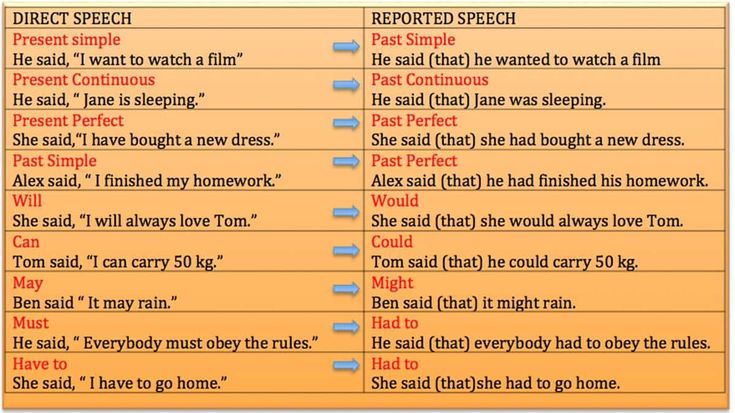 When you see this, you get the complete impression that you are on Ukrainian television 90's. But the audience is used to it. Our audience is used to daily premieres, expensive content and other excesses that foreign neighbors do not indulge in.
When you see this, you get the complete impression that you are on Ukrainian television 90's. But the audience is used to it. Our audience is used to daily premieres, expensive content and other excesses that foreign neighbors do not indulge in.
It turns out that both television and viewers lived well…
Very good. The quality of the shows that all channels could afford was very high, as was the cost of production. They have raised the bar so high that now it is difficult for them to keep it themselves. Many channels sit and see why the audience does not watch one, two, or three. And on the other side of the screen, the viewer sits and sees what quality they are now slipping into him.
So far, all these new factors do not have that large-scale effect - it will manifest itself in new seasons.
And on the other hand, this situation will probably turn into a "plus", give an impetus to the industry. Because now all the productions are full, even the smallest ones are producing something for our channels. It is clear that for less money, on a smaller scale ... In general, these are all the features and natural difficulties of the transition period.
It is clear that for less money, on a smaller scale ... In general, these are all the features and natural difficulties of the transition period.
What will happen to the market this year? Will it fall, stagnate, or slowly begin to grow?
Now is the period of adaptation and debugging mechanisms. We need to adapt to new circumstances. And the channels have not yet had time to try out new audience tastes. While everyone is searching.
Any clear signals from the audience - what they like and what they don't - can be discerned?
Now a new trend has been found on "1+1": the more local topics are discussed in the product, the more interesting it is for our viewers. This is the Moskal effect. The series began to be filmed in completely different conditions, but then everything changed dramatically, and the topic hit the right place at the right time. Why did the ratings skyrocket? "Kvartal" with its "Servant of the People" also appeals to the viewer and his current needs, somewhere even with populist slogans - in the forehead, specifically.
And some in this turbulence still do not understand what is happening and what to offer the viewer.
Arrange the eggs in different baskets
Is it possible to calculate success, or is there always a surprise effect - it is not clear why it worked or did not work?
You can analyze a hundred times, you bang your head against the wall, you look at the ratings, you calculated everything to the smallest detail and made up an audience profile, but it doesn’t matter, even if you are at least seven spans in your forehead ...
Some things remain inexplicable. But on the other hand, sometimes luck happens, or some kind of intuition ... Sometimes you just take a risk: either pan, or disappear. In a word, there are, of course, general patterns and rules, but everything can be very unpredictable, especially in our unstable conditions.
In principle, unlike TV groups, it is easier for us to take risks: we are a large independent profitable company, we have the opportunity to diversify risks. There are, for example, such projects as "The Sniffer": they took a risk, invested half a million of their own money in a series - and everything returned a hundredfold. It turned out to be a super-rated project of international level in commercial and image terms.
There are, for example, such projects as "The Sniffer": they took a risk, invested half a million of their own money in a series - and everything returned a hundredfold. It turned out to be a super-rated project of international level in commercial and image terms.
But still, you are probably trying to protect yourself somehow?
Arrange the eggs in different baskets. That is, we are doing less risky projects, such as "Female Doctor". You can talk as much as you like about the quality: it was filmed in the pavilion, and the dialogues are "not like that", but it is commercially unprecedentedly successful in our library. It is probably the most profitable of all our products, including the Sniffer. "Female Doctor" is already going in circles in the nth show in Russia, we are doing it, collecting huge ratings, it is bought again and again. And you think: why? Because it’s simple, a very understandable story, everything is head-on, dialogues without subversions, a kind doctor, kids and mi-mi-mi.
We offer new genres to those who are willing to take risks
Ready to offer the market something completely unexpected?
Yes, we are always experimenting and we want something new, not to follow, but to set the direction, but the channels are now trying to protect themselves, to show the proven. Now is not the time to experiment, unfortunately. Especially in the current situation, when there is no "fat" at all, no one can afford to take risks. You show the channels unique projects, and their reaction is yes, cool, yes, unique, but risky, you are getting ahead of yourself. This is a shame, and you have to offer something specific, understandable, proven, for which there is a demand.
If we talk about new genres and formats, now there is no such genre as observational reality on the channels. For example, police officers, firefighters, doctors - you just go in and shoot their daily life without any drama, without special cases and intrigue. It is very popular in Europe, especially in Britain. They are so slow and measured.
It is very popular in Europe, especially in Britain. They are so slow and measured.
We proposed this new ICTV genre, they took the risk. In March, they launched a documentary reality show about policemen called Patrolmen. It's risky, because our viewers are used to action games, dramas, so that the script is there. And the channel in this case needs to take certain risks. Until you try, you won't understand.
In the photo: Irina Kostyuk with police officers.
And which of your products can be in demand by the new generation, a generation with a different mentality, a different way of life?
For example, web series for digital platforms. This is not only for YouTube, but also for any other digital platforms - Megogo, OLL.TV, Netflix, Amazon, etc.
And when it becomes profitable to make a series not for television, but for d igital -content?
Now this industry in Ukraine is not developed enough to make such a product commercial and recoup all expenses. But in the future we will come to this anyway. Therefore, spending time and money now, realizing that at the moment we are in the red, we will carve out this niche for the future. So that later, when everyone comes running there, we already sat there, monetized and said that we were the first here.
But in the future we will come to this anyway. Therefore, spending time and money now, realizing that at the moment we are in the red, we will carve out this niche for the future. So that later, when everyone comes running there, we already sat there, monetized and said that we were the first here.
This also applies to virtual reality. We recently tested how you can shoot game content, but in a virtual reality format. For example, Megogo has already launched this content format. And we want to create this content. We understand that this will not come soon, but we will already have developed technologies, our own know-how.
Looking for your handwriting
Now in the world, on the one hand, the borders between countries and peoples are being erased, and on the other hand, national specificity is becoming more and more interesting. What is our strength? Are there recognizable features of Ukrainian cinema, Ukrainian television?
I can't say that Ukrainian cinema has a specific style - here we are still searching.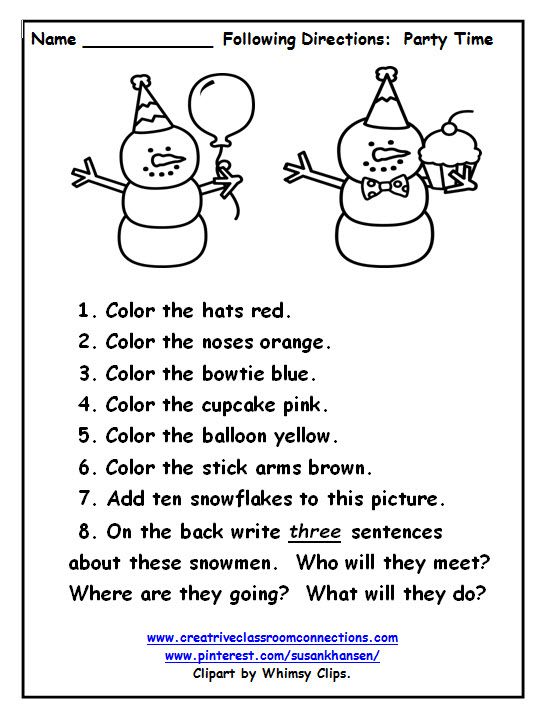 But I see such a style very clearly in television non-fiction content - shows, programs. Our feature is very high quality non-game content. All our shows, which are made by large channels, are a cut above the production of our closest neighbor, Russia. It would seem that there is more money there, and the market is more developed, but our shows are an order of magnitude better in terms of both the picture and the sincerity and sincerity of the content itself. If you sort it out, the difference is obvious: all our reality shows involve real people.
But I see such a style very clearly in television non-fiction content - shows, programs. Our feature is very high quality non-game content. All our shows, which are made by large channels, are a cut above the production of our closest neighbor, Russia. It would seem that there is more money there, and the market is more developed, but our shows are an order of magnitude better in terms of both the picture and the sincerity and sincerity of the content itself. If you sort it out, the difference is obvious: all our reality shows involve real people.
I can guarantee that 80% of our non-fiction content is not staged. Our editors know how to make a good casting, they know how to promote emotions. Our people are open, they can live in front of the camera, and this has had its effect in television content. Viewers trust the content, trust the presenter and participants in any reality show.
Why did Golos ruin its ratings in Russia? Because it was the first sincere, sincere product. The people immediately felt it, because everything else they have is plastic-wooden in terms of shows and programs. In many Russian reality shows, everything is staged, including the participants. Sincerity and openness is really our feature.
The people immediately felt it, because everything else they have is plastic-wooden in terms of shows and programs. In many Russian reality shows, everything is staged, including the participants. Sincerity and openness is really our feature.
Is there a difference between TV shows that were filmed in the last year and those that came out two or three years ago?
Series released in 2013-2014 were produced in 2011-2012 and made for two markets - Russia and Ukraine. And this is a completely different approach.
The series that have appeared now - "Moskal", "Servant of the People", "Vladimirskaya, 15" - these are local stories. Plus, these are not even series, but scripted reality: "Prosecutors", "Department 44" are low-budget vertical products. This is a separate category of content, which was made under new conditions, with different budgets and only for the local market. Completely different product.
Filming of the first series about the Kyiv police "Vladimirskaya, 15" is completed, the continuation of the story will be aired very soon ICTV
There will be volume - there will be an industry with its own formats
The sale of "The Sniffer", especially to Japan, is something amazing. .. Who else sells formats?
.. Who else sells formats?
Kvartal 95 sold out their League of Laughs and Make the Comedian Laugh in about 14 territories all the way to Asia.
It's just eternally dissatisfied windbags shouting: no formats, no ideas. Everything is there, just not put on the conveyor yet. Because we have other tasks in the first place now - we need to fill the channels with a local product.
Do you believe that quantity will turn into quality, into creativity?
If there is volume, there will be an industry with its own formats. We are trying to move it. Our initiative is UA Formats, where we have collected about 20 Ukrainian formats. And they have already sold "Hut on Tata" to Lithuania and Latvia. "Karaoke on the Maidan" is an excellent format, European sellers immediately clung to it. In principle, it is realistic to put this industry on its feet in Ukraine. Not right away, but really.
Perspective - at least in 15 years?
Already now we are collecting everything, making it in "bible" formats, making a catalog and taking it to TV shows.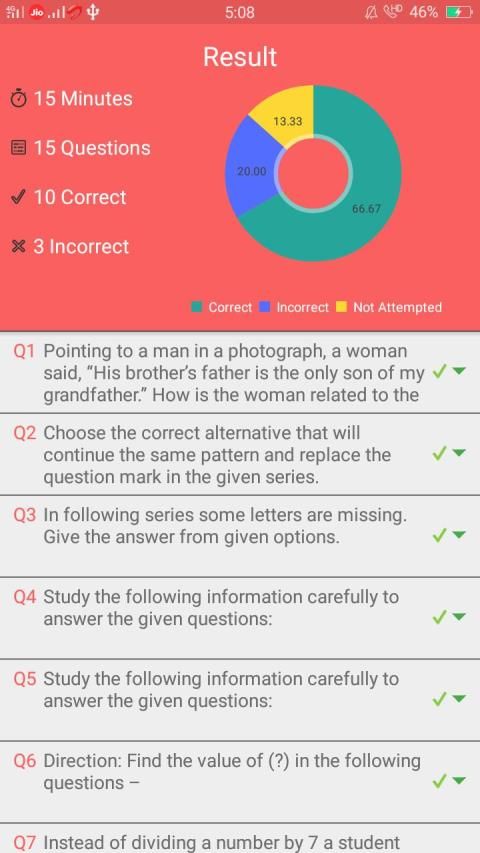 It works, people saw that there are formats in Ukraine.
It works, people saw that there are formats in Ukraine.
Has anything new appeared lately?
Formats, like fashion, come in waves. Quest shows are in demand - everyone ran to the quest show. Then - time, they have already departed. There was a crisis of ideas ... There was a time when everyone said that there was nothing new - the old formats began to return, but with some added stories. For example, a European company that undertook to sell the Karaoke on the Maidan format on an exclusive basis for a year advised: your story with participants collecting money during their performances is relevant, but it needs to be supplemented with interactive content. They proposed to develop an application where, in addition to the fact that the singers walk around with a hat and collect money, the audience could also vote and virtually throw money into the hat. Time dictates new technologies.
Now let's take to the market to sell one more of our technology. "Kvartal" in "Vecherniy Kyiv" has a heading "In the world of people". There, the guys sat at the table and discussed topics, but instead of their heads there were animal heads, "attached" with the help of CGI technologies. The heads were already drawn virtually - this is a complex technology, not cheap. But we have developed a know-how on how to do it quickly, in a week, so that the program does not lose its relevance. This is also a new word in formats: you can attach the head of a vegetable, an animal to your hosts.
"Kvartal" in "Vecherniy Kyiv" has a heading "In the world of people". There, the guys sat at the table and discussed topics, but instead of their heads there were animal heads, "attached" with the help of CGI technologies. The heads were already drawn virtually - this is a complex technology, not cheap. But we have developed a know-how on how to do it quickly, in a week, so that the program does not lose its relevance. This is also a new word in formats: you can attach the head of a vegetable, an animal to your hosts.
Which product are you most proud of?
"Doctor on call" is perhaps the most significant product for me, because we make it for an unprecedentedly small amount of money. It looks like a series, but in essence it is a scripted reality technology: vertical stories, amateur actors in secondary roles, but, unlike scripted reality, we do not have a voice-over, which is usually present in low-budget projects, because it is dramatic tell the story without a voiceover.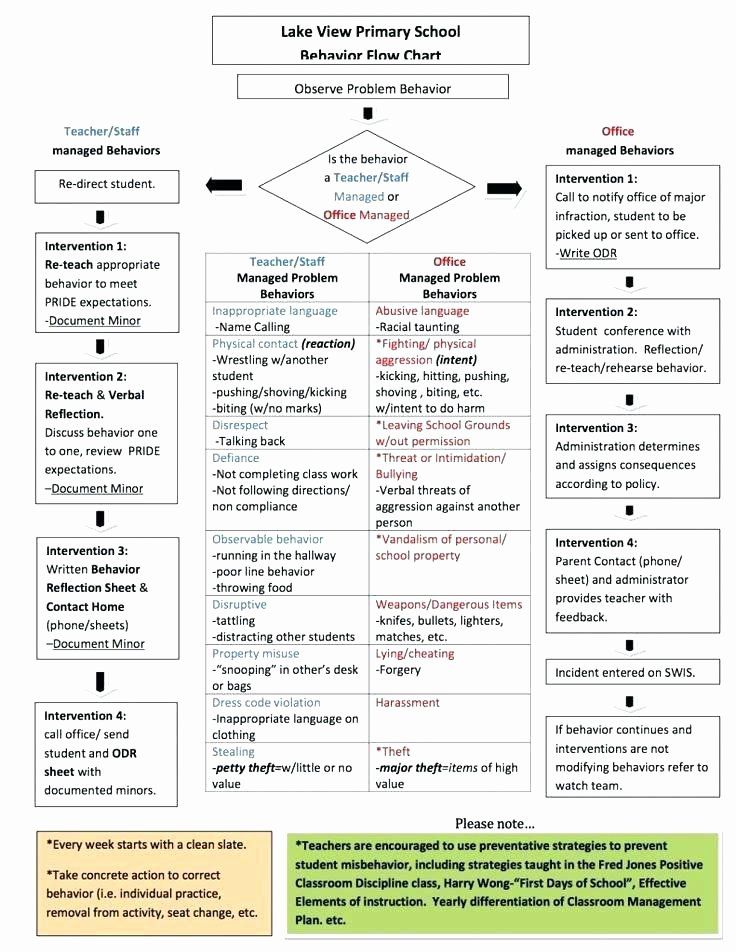 Although it is daytime, there are very strong scripts, good authors. Moreover, this is the first completely Ukrainian-language medical series.
Although it is daytime, there are very strong scripts, good authors. Moreover, this is the first completely Ukrainian-language medical series.
It was a difficult decision that the channel "Ukraine" made literally on the day of filming. Even a day before filming, the scriptwriters did not know whether to carry the script in Russian or Ukrainian. At the same time, it was necessary to make the Ukrainian language alive. The actors were very happy to act in the Ukrainian-language series, although it was difficult to get rid of theatricality - such a lifeless, plastic pronunciation. On the other hand, you can’t speak Surzhik either.
You say that now is not the time for experiments, and yet you are experimenting...
It so happened that I came to FILM.UA to launch youth content, and unexpectedly reached an older audience, and even for TRC "Ukraine". But, nevertheless, it worked out. And God forbid that there was still a rating. In general, demand shapes the repertoire and adjusts the specialization.
It is necessary to educate personnel for the entire market
What are the biggest challenges you are preparing for this year?
There have always been creative difficulties: lack of screenwriters, actors. It is now that Ukrainian actors have the opportunity to finally become stars, because before they were plugged into supporting roles. And now they have the first roles, which is great, but they are few. And when local TV series are in full swing on the channels, we will encounter an overlapping identical cast.
We already have to meet with other productions and coordinate filming schedules so that they and we get the desired actors. But now there is an opportunity to sculpt your own stars. In general, any crisis gives rise to new opportunities, the main thing is to consider them.
There are not enough star actors for the main roles. Who else?
There are not enough good screenwriters. A good script is worth its weight in gold, it is fundamental to success.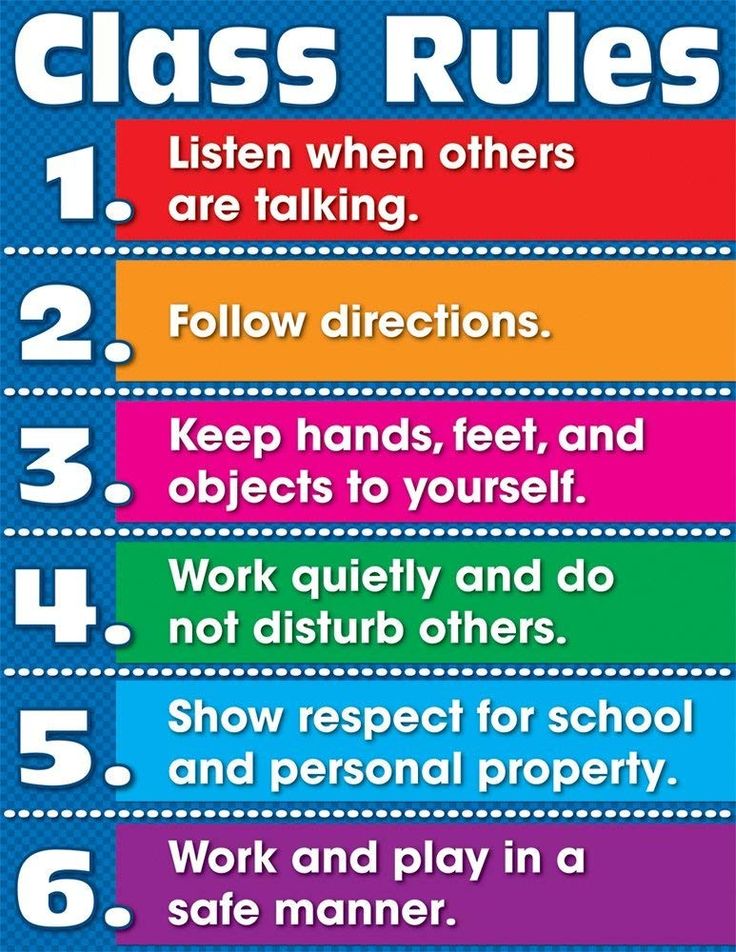
Now we are making "Mavka", a Ukrainian 3D cartoon - no one has done this before. Where can I find scriptwriters of animated feature films in Ukraine, if there was no such movie in principle? Yes, this is the Ukrainian TV channel "Fox song". But we looked in the local market - we did not find it. We found a group of scriptwriters from St. Petersburg who will write under our guidance. And in Hollywood we will look for more - as there will be a script in English, and an American author will write it. So the script for "Mavka" will be written by a large international staff.
At the presentation of the Ukrainian full-length 3D cartoon "Mavka"
How about raising your own stars?
Of course, we give young novice authors the opportunity to show themselves. But on other projects - for example, on the Doctor on Call. This is an inexpensive project, we try many authors there - students work there, interns, interns. There we can afford small risks.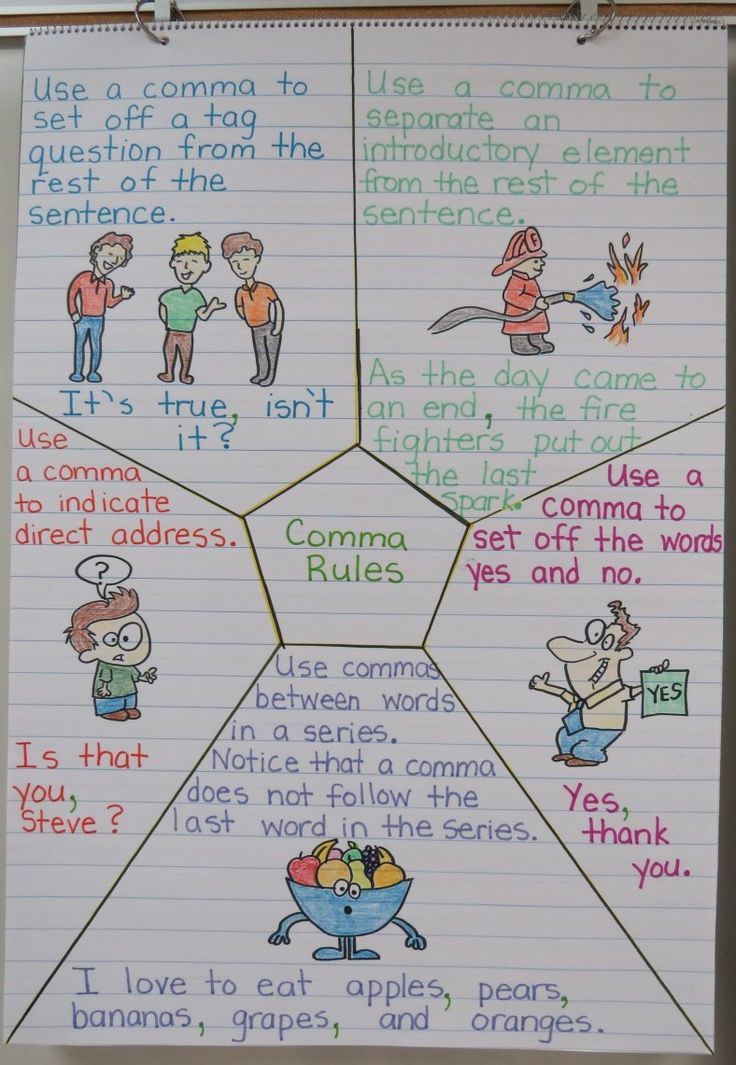
And "Mavka" - a budget of almost five million dollars. Maybe not so much on a global scale (European animated films start from 20 million, and American ones from 100), but for us it's a lot. In order to recoup the costs, we need to make an ideal movie that is interesting not only for the local market, but also, first of all, for the foreign one.
Where do you find script writers now?
Everything is very complicated. Some producers, my colleagues from other companies, generally believe that anyone can teach how to write. At one colleague both the driver writes and the nanny writes. There are people with writing talent who come from other professions. Often among the author's group of medical projects there are doctors, for example.
But at the same time, the team must have professionals: the series must be built according to the laws of dramaturgy. Our main author, showrunner of Doctor on Call is Yulia Mishchenko, singer, Talita Kum group, if you remember.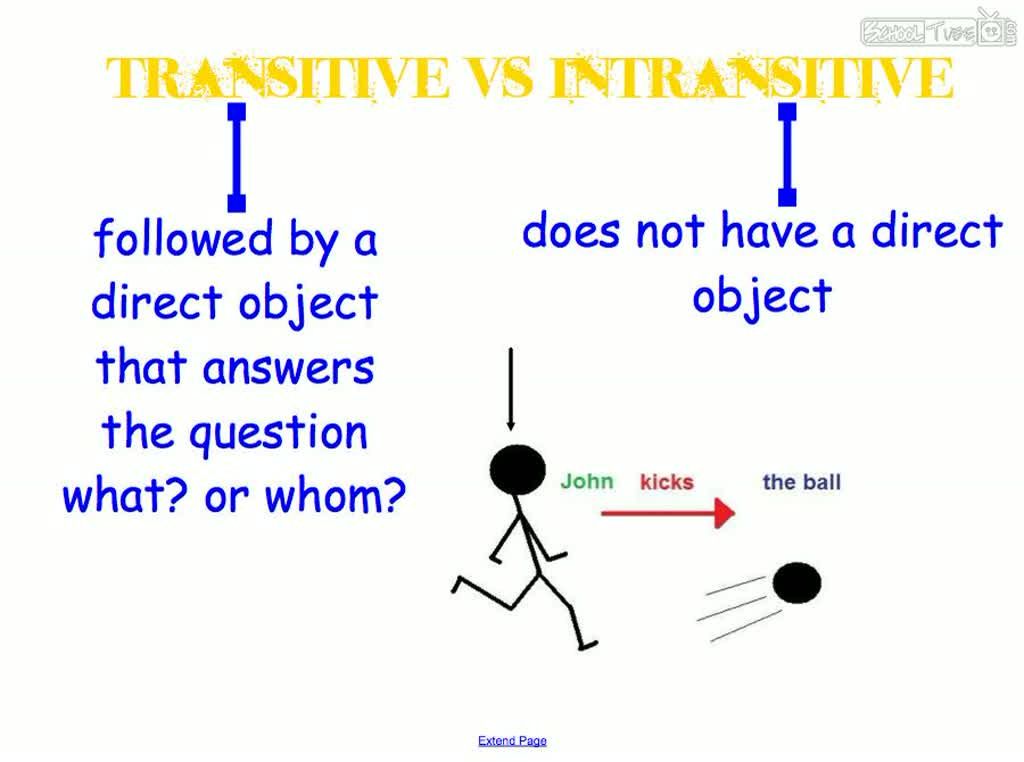 This is how the transformation took place. It was from her suggestion that the project turned out to be Ukrainian-language - she really wanted it.
This is how the transformation took place. It was from her suggestion that the project turned out to be Ukrainian-language - she really wanted it.
Are there enough directors?
Good directors are in great demand as there are so many things to film. The situation is the same as with the actors: we draw up shooting schedules even within the framework of our projects. For example, we are filming "Doctor on Call" and "Window of Life" - also a medical series about foundlings in a maternity hospital, but more expensive, prime, 24 episodes, and the director who shot the pilot of "Doctor on Call" had to be given to our own "Window of Life" .
Directors, cameramen, editing directors, screenwriters - this is the main backbone. There should be professionals, it is difficult with the inexperienced.
A still from the 24-episode film "Window of Life", which will premiere on the TV channel "Ukraine"
Are you preparing shots on your own?
We have our own school of acting, we have a school of dubbing.